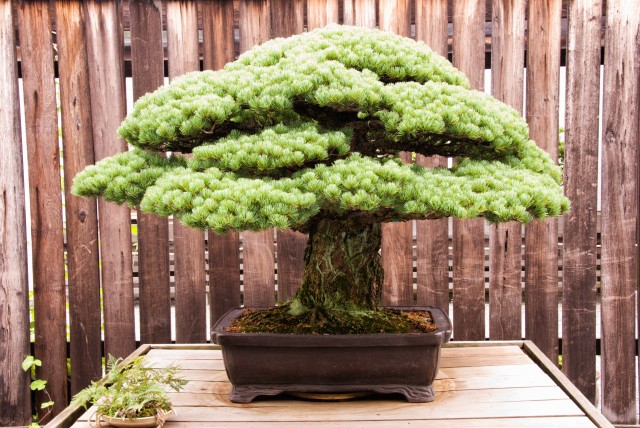Fertilizing Bonsai: Tips for Healthy Growth
Proper Fertilizing Bonsai is one of the most critical aspects of bonsai tree care. Unlike plants in nature, bonsai trees are confined to small containers and need regular nutrients to thrive. This blog post will guide you through the essentials of fertilizing your bonsai for vibrant, healthy growth.
Why Fertilizing Your Bonsai Is Important
Bonsai trees require a controlled environment to grow well. In the wild, trees have access to a vast array of nutrients in the soil. However, bonsai trees rely solely on the limited nutrients available in their pots. Without regular fertilization, the soil becomes depleted, leading to stunted growth, weak branches, and pale leaves.
Fertilization replenishes essential nutrients such as nitrogen (N), phosphorus (P), and potassium (K), along with trace elements like iron, magnesium, and calcium—all of which are crucial for proper development.
Understanding Bonsai Fertilizer Components
The N-P-K Ratio
The N-P-K ratio on fertilizer labels represents nitrogen, phosphorus, and potassium respectively. These are the three primary nutrients:
- Nitrogen (N) promotes leaf and stem growth.
- Phosphorus (P) supports root development and flower production.
- Potassium (K) helps with overall plant health and disease resistance.
Depending on the season and species, your bonsai may need different N-P-K ratios to thrive.
Organic vs. Inorganic Fertilizers
Fertilizers come in two broad categories:
- Organic Fertilizers: These are made from natural sources like compost, fish emulsion, or bone meal. They release nutrients slowly and improve soil texture.
- Inorganic Fertilizers: These are chemically synthesized and offer immediate nutrient availability but don’t enhance soil quality.
Both have their advantages. Organic is often preferred for long-term soil health, while inorganic is useful for quick nutrient absorption.
When to Fertilize Your Bonsai Tree
Spring
Spring is the most active growth season for most bonsai species. Use a high-nitrogen fertilizer to stimulate leaf and shoot growth.
Summer
During summer, switch to a balanced N-P-K formula to maintain healthy growth. Avoid over-fertilizing, especially in extreme heat, as this can damage roots.
Autumn
In the fall, reduce the nitrogen and increase phosphorus and potassium to strengthen the roots and prepare the tree for dormancy.
Winter
Most bonsai trees go dormant in winter, especially temperate varieties. Do not fertilize during this period unless you’re growing tropical bonsai indoors under artificial lighting.
How to Fertilize Your Bonsai Tree
Frequency of Fertilization
Generally, bonsai should be fertilized once every two weeks during the growing season (spring to autumn). Reduce this to once a month during slower periods or depending on the tree’s health and age.
Application Techniques
- Liquid Fertilizer: Mix with water and apply during watering sessions. Ensure even distribution and avoid foliage contact.
- Solid Fertilizer Pellets: Place them on top of the soil and let them release nutrients gradually with each watering.
Special Considerations by Bonsai Type
Deciduous Bonsai
These trees benefit from high-nitrogen fertilizer in spring and early summer. Reduce feeding as leaves start turning color in fall.
Coniferous Bonsai
Evergreens like junipers or pines prefer lower nitrogen and benefit from slow-release organic fertilizer for steady growth.
Tropical Bonsai
Tropical species like ficus can be fertilized year-round if grown indoors. Use balanced fertilizer every 3–4 weeks.
Signs of Over-Fertilization
Over-fertilizing can be harmful and lead to:
- Leaf burn or discoloration
- Root damage
- Salt buildup in the soil
To prevent this, always follow the instructions on the fertilizer packaging and flush the soil periodically with water to remove excess salts.
Best Fertilizers for Bonsai Trees
Here are some commonly recommended brands and products:
- Biogold Organic Fertilizer (Japan)
- Miracle-Gro Bonsai Plant Food
- Dyna-Gro Bonsai-Pro Liquid Fertilizer
- Green Dream Bonsai Fertilizer Pellets
Choose based on your tree species, growth cycle, and personal preference for organic or synthetic solutions.
Conclusion
Fertilizing your bonsai is essential to replicating the natural environment that larger trees enjoy. With the right nutrient balance, timing, and technique, you’ll ensure your miniature tree thrives for years. Be consistent but cautious—understanding the needs of your specific bonsai species will help you fertilize effectively.
For more care guides and bonsai tools, visit our full resource center at bonsaitreeforsale.net.
